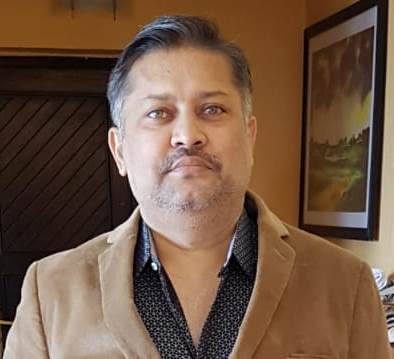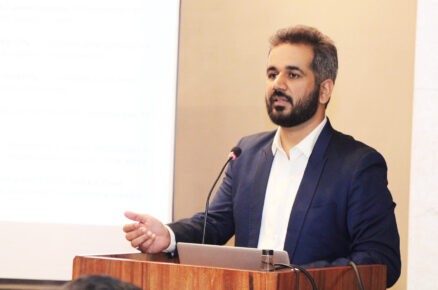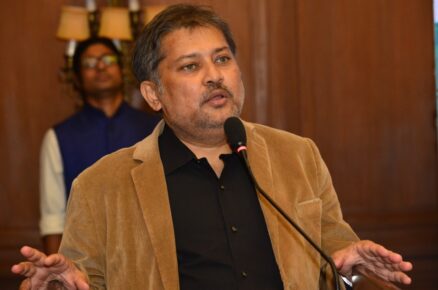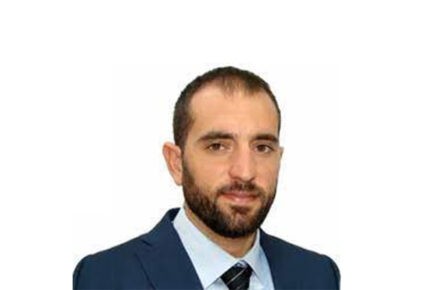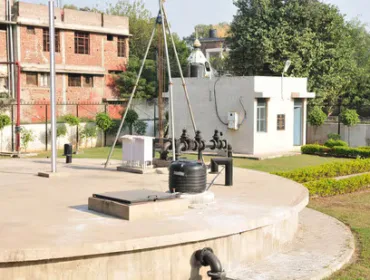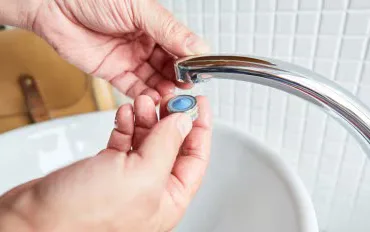Mr. Sabarna Roy, Senior Vice President
Electrosteel Castings Limited
Worldwide, the water industry is hard at work trying to help solve the impending water crisis. We sat down with one of these companies, Electrosteel Castings Limited, known as ECL, to know their views on the subject. Having recently been selected by Cork County, Ireland for one of their water projects, ECL updated us in the latest technologies in use, and those to come as well.
Water Digest (WD): What kind of global technologies can be replicated in India to mitigate the prevailing water crisis?
Sabarna Roy (SR): There are several different global technologies that we can use in India to mitigate the prevailing water crisis. Some of them are:
Fog Catchers: These are vast mesh nets that capture moisture from fog, which drips into collection trays after condensation. The largest of these projects is on the slopes of Mount Boutmezguida, a microclimate in Morocco where 6,300 liters of water can be harvested per day.
Graphene filters: Graphene filters reduce the energy cost of conventional reverse osmosis desalination by 20%, while withstanding higher pressure and temperatures.
WaterSeer: WaterSeer uses the surrounding environment to extract water from the atmosphere. It is planted six feet below the surface, where its lower chamber is surrounded by cool earth. Above ground, the wind spins a turbine which spins fan blades inside the device. These blades send the air into an internal condensation chamber where, as the warm air cools, the vapour condenses on the sides of the chamber. Water then flows down to the lower chamber and can be extracted with a simple pump and hose.
Desolenator: A desolenator is a solar desalination tool that removes 99 percent of contaminants from water. It is portable and can produce about 15 liters of fresh water a day.
Desalination: Converting salt water into fresh water is another way people can solve water scarcity.
WD: What is your opinion on the issue of water treatment and its reuse? What are the stigmas attached to it?
SR: Recycle and reuse is not an easy task due to technological as well as aesthetic reasons. Unavailability of space and funds is also an issue in India. People have some stigmas regarding wastewater reuse as they can’t accept it like they accept water from other sources, although it may be tested safe.
WD: How do you think government and private players in the water industry can come together and determinedly work on developing the Indian water sector?
SR: Generally, there is a shortage of government funds due to various reasons and they are also not adept with latest technologies and specific skillsets needed to carry out ambitious projects in the water sector. Old processes are being followed and have proven to be insufficient. Startups are being encouraged by the new government. The planned introduction of gig-economy may help.
To attract the industry, we can reduce the cost of treated water as compared to other sources used in industry. Wastewater can be a good source of water, so industry can take this opportunity. Water footprint trading, like carbon trading, is a new concept which should be adopted.
Public-Private Partnership model can be adopted by the government for ease of project execution and service. It is a fairly sensible risk-sharing model because it requires the private sector to focus on areas which bring in efficiency; mainly in capital cost, project completion time and quality. This model will bring in long-term infrastructure funds like pension funds into the sector.
The EPC model puts a lot of strain to the government for financing projects. The model was defeating all grand plans of government to bring a substantial part of financing of projects from private sector. The precarious situation of government finances with mounting subsidy bill and fiscal deficit coupled with the necessity of quick completion caused the government to realise that the EPC MODEL is unsustainable and private players needed to be attracted to some new and innovative PPP model. This is where HYBRID ANNUITY MODEL (HAM) came in under PPP.
WD: What are the areas which require more research interventions in order to develop the water sector of the country?
SR: Aquifer Storage and Recovery (ASR) is one of the proposed applications where more attention has to be paid. Advanced Oxidation Nanotechnology (AON) for wastewater treatment and Zero Liquid Discharge (ZLD) need more research intervention to be cost effective. Earthquake resistant pipe network design is also a challenging task and yet to explored in the field.
WD: ECL was recently selected by the Cork County council for the Eastern Strategic water supply upgrade system? Kindly shed some light upon it.
SR: The Cork County Council (Eire) chose the Electrosteel E Lock Jointing System for their Eastern Strategic Water Supply Upgrade Scheme. This includes over 9.5 kms of Electrosteel Ductile Iron Pipes ranging in diameter from 600mm to 1000mm. The Electrosteel E Lock Jointing System was chosen not only because of its ease of installation but also the lack of need for external restraint from thrust blocks and the reduction of embedded carbon they produce. Finally, the tight access and limited trench width meant that the internal restraint provided the optimum solution for this difficult scheme.
WD: What are the upcoming plans for ECL and is the organisation considering adopting some new technologies?
SR: ECL is exploring the use of ductile iron pipes and fittings suitable for earthquake prone areas and its design methodology and principles.
The company is also exploring restrained jointed pipes and fittings to provide significant restraint against longitudinal separation and to eliminate the requirement of a thrust block. Because hydraulic thrust forces are created due to change of direction, reduction in diameter and at the end of pipelines under pressure during operation. These forces may cause joint separation if anchor blocks or anchoring devices are not provided in the pipeline. Restrained jointed pipes also do away with the mammoth sized thrust blocks, thus making the project much more time efficient and economical.
Use of ductile iron restrained jointed pipe for trenchless application by the method of horizontal directional drilling is also one of the main future technologies for laying pipes in a congested area. With the increase in urbanisation, it has become necessary to lay pipelines without disturbing the urban infrastructure (pedestrian, road & rail networks etc.) and therefore trenchless laying is becoming a necessity.
Research on different linings and coatings for various applications of lined and coated ductile iron pipes for sewerage and industrial effluents is already under process.
WD: Would you like to share any message with our readers?
SR: Innovation is key.





